GEAR: LOWKITE V1 AND V2 – WHAT ARE THE DIFFERENCES ON THE WATER?
The potential of the first generations of Lowkite explained by Patrice Guénolé.
“Let’s remember that the V1 lowkites were developed for use on glide-oriented boards, such as downwind boards, Cruzader, or mid-lengths. These are boards with easy takeoff, usually paired with a larger, more supportive foil and a glider setup. The goal: catch bumps, enjoy surfing them, go back upwind, and do it again. In this context, the V1 are perfect, because they are very easy to pack in the hand or in a bag, extremely light, and very efficient at low speeds.
The V2 are a generation designed to match the potential of a wing in every area. Of course, downwind freefly remains a major wing program, but the performance for more aggressive riding has been radically boosted. With riders like Benji, Malo, Bastien, or Lou, the V2 lowkites can pull off insane tricks: Palau 360, FF 360, BF 360, 720, Palau to Palau, and more… They can also boost high and surf hard. In short, the V2 no longer have an upper limit. They handle apparent wind, strong angles of incidence, and aggressive pumping. This opens up a whole new world: cruising stays chill, but the most aggressive riders can fully express themselves without frustration.”
 Foiler: Malo, GONG team rider, on his Hyperloop FSP Pro, Neutra V2 lowkite, HM85 mast, Ypra Surf-Freestyle front wing and Freestyle stab.
Foiler: Malo, GONG team rider, on his Hyperloop FSP Pro, Neutra V2 lowkite, HM85 mast, Ypra Surf-Freestyle front wing and Freestyle stab.
“The evolutions of this second generation also bring a lot of potential for beginners, since the wing is more tolerant and more stable. So it’s an upgrade for everyone, but not a necessity. The V1 lowkites remain excellent lowkites for freefly, for example.”
 Foiler: Mathieu, GONG team rider, on a Cruzader Diamond FSP Pro, Neutra V1 lowkite, HM85 mast, Veloce front wing, and Veloce stab.
Foiler: Mathieu, GONG team rider, on a Cruzader Diamond FSP Pro, Neutra V1 lowkite, HM85 mast, Veloce front wing, and Veloce stab.
In addition to the technical developments detailed in this article, here's how the V1 versus V2 lowkites perform once up on the foil:
Gust management
- V1: With fewer bridles and no nylon stiffeners on the leading edge, it could deform slightly when dumping power in strong gusts, especially at the edge of the window. It was still usable in high winds, but best suited for moderate, relaxed riding. Using a harness made it much easier to handle.
- V2: Reinforced leading edge with nylon battens + redesigned and multiplied bridle. Result: the lowkite stays locked in, absorbs gusts without instability, with real effective depower. You can ride fast, at sharp angles, and push hard—it just works. Stable and rock solid. Easy depower by releasing the back hand.
Jibes
- V1: Very light, so even if it deflated briefly, it would re-inflate quickly. Jibes worked but required precision and continuous glide.
- V2: Thanks to the rigid leading edge, the lowkite keeps its shape, making it easy to handle and forgiving of mistakes. Tack transitions are smooth, which simplifies learning and makes maneuvers cleaner.
Tacks
- V1: Possible, but more technical. The soft leading edge could deform slightly when crossing into the wind, especially when overpowered or going fast. Still doable, but required finesse. With an easy foil, it became much easier.
- V2: Locked leading edge, better-balanced bridle, perfect stability at zenith. Tacks feel just like wing tacks—maybe even smoother—with very fluid transitions through the wind. Super fun.
Upwind performance
- V1: Excellent with a big foil and a gliding board, underpowered. Upwind performance similar to a wing, at moderate speed. But with a smaller foil requiring more power, the limit appeared: the profile was less stable under heavy load.
- V2: You can ride like on a wing with small boards and foils, while fully powered. The upwind angle is impressive: fast, easy, and comfortable even in strong winds. A harness adds real value, letting you take full advantage of the extended high wind range.

Foiler: Mathieu, GONG team rider, on his Cruzader Diamond FSP Pro, lowkite Plus V2, front wing and Veloce stab.
Depower
- V1: Narrower wind range. Best when underpowered, cruising downwind or freeflying, with relaxed upwind. When oversheeted or going too fast, the profile could backstall and lose stability. That wasn’t its program. The V1 was designed for chill. And remember: you get three V1s for the price of one competitor’s lowkite, so a modest wind range isn’t a dealbreaker.
- V2: A 4m² starts in 12 knots on a big foil and holds comfortably up to 25 knots with a harness. Depower is progressive, the lowkite remains stable even fully depowered, flying smoothly to the window edge without stalling. Perfect for easy starts without getting yanked, and for riding across a wide wind range. This favors the use of small boards and foils.
Arm fatigue
- V1: Softer pull but less depower range. The “on” phase was less powerful, the “off” less neutral, which caused faster fatigue over long sessions.
- V2: More usable forward pull, better distributed and smoother. With a rigid, locked profile, you can generate more speed and thus more apparent power. Stronger pull, but without distortion or jolts. With a small harness, it’s incredibly comfortable and liberating. Pure joy.
 Foilers : Thomas et Martin, staff GONG, en HIPE Cruzader, Cruzader Point LW et lowkite Neutra V2.
Foilers : Thomas et Martin, staff GONG, en HIPE Cruzader, Cruzader Point LW et lowkite Neutra V2.
In summary
- V1: A very interesting wing: super light, easy to fold/unfold/store, ideal for gliding boards and simple, budget-friendly sessions. Perfect for beginners and chill downwinds.
- V2: A huge leap forward: a complete, rigid, stable lowkite that opens up the entire navigation spectrum (freeride, freestyle, waves, downwind), with qualities close to a wing, but in flight mode. Made for riding like a wing, sending tricks, and enjoying a much wider wind range and unmatched comfort.
The V1 was perfect for beginners and cool downwinders.
The V2 is made for all-around riding, performing the same tricks as in wing foiling, and enjoying an incomparable wind range and sailing comfort.
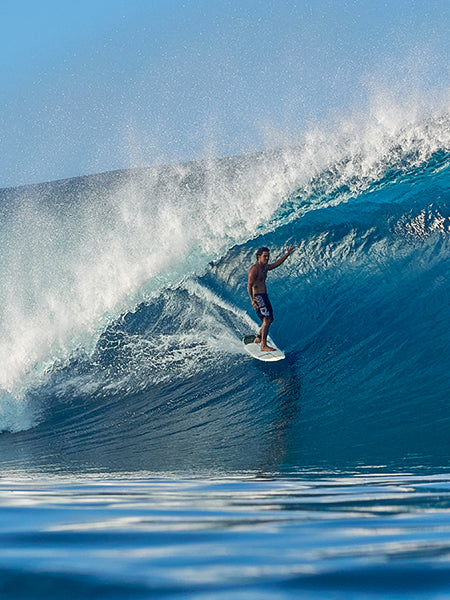
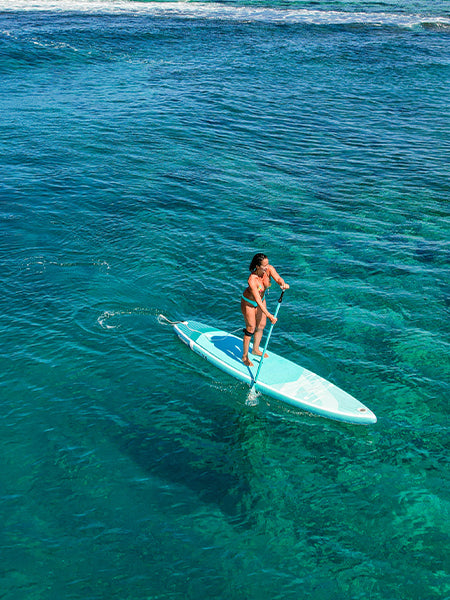
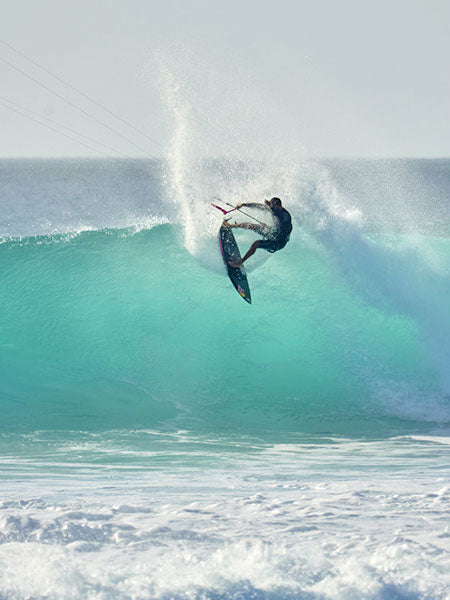
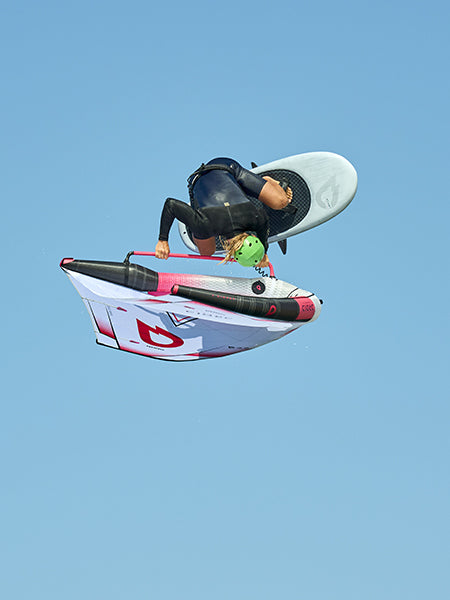
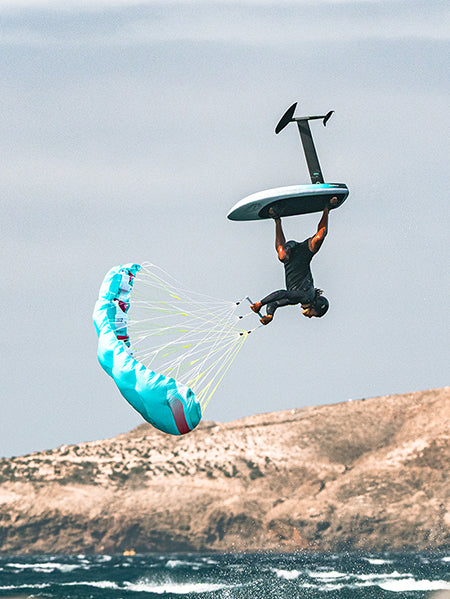
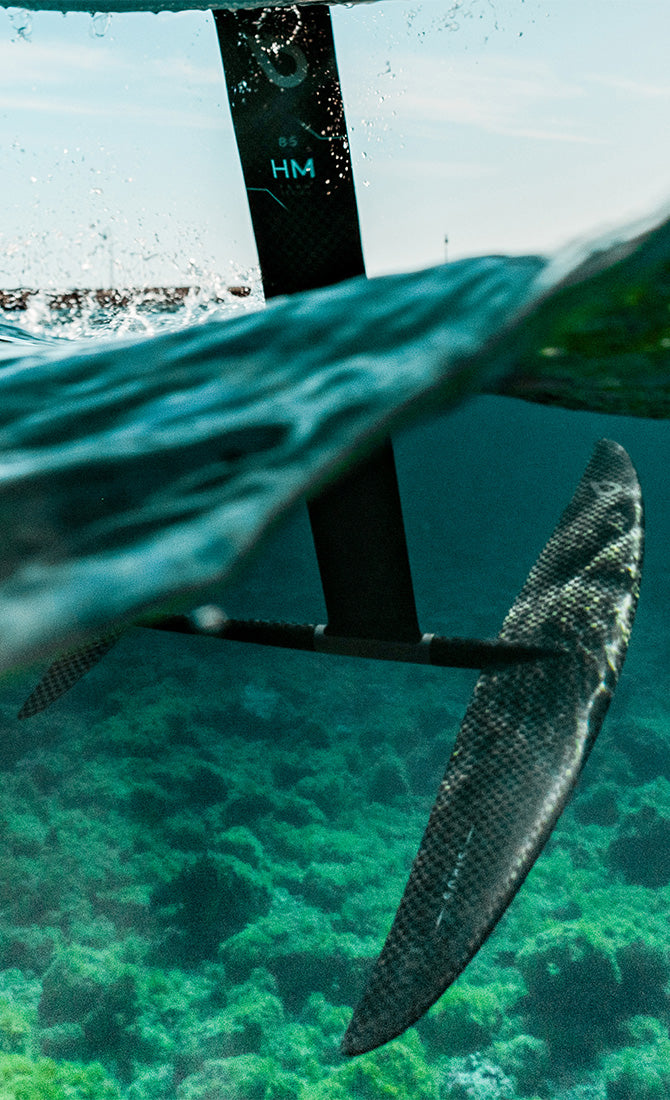
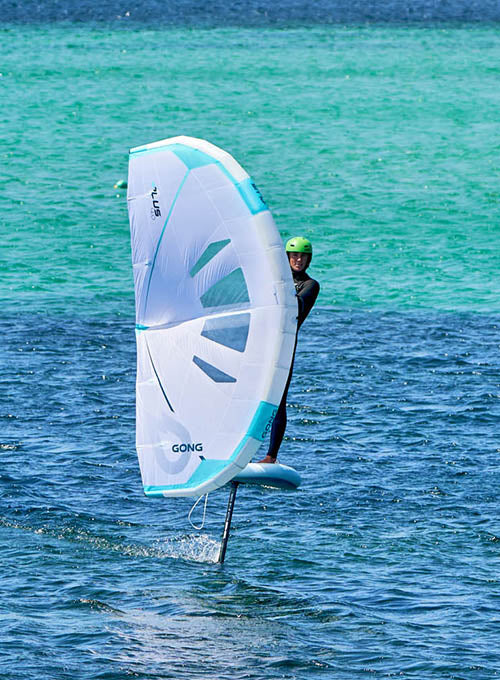
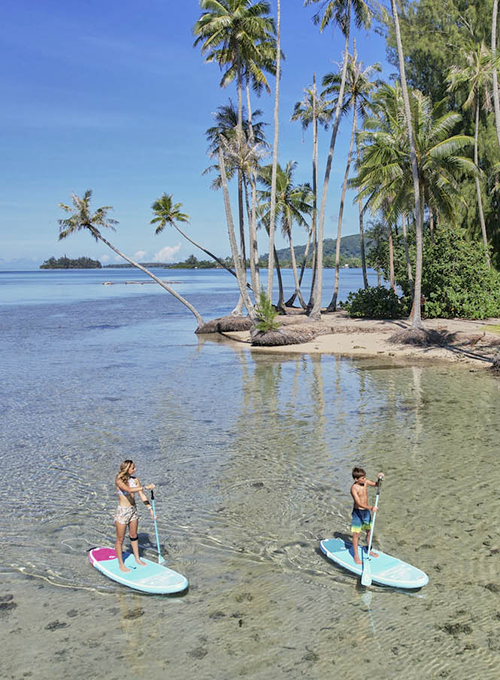
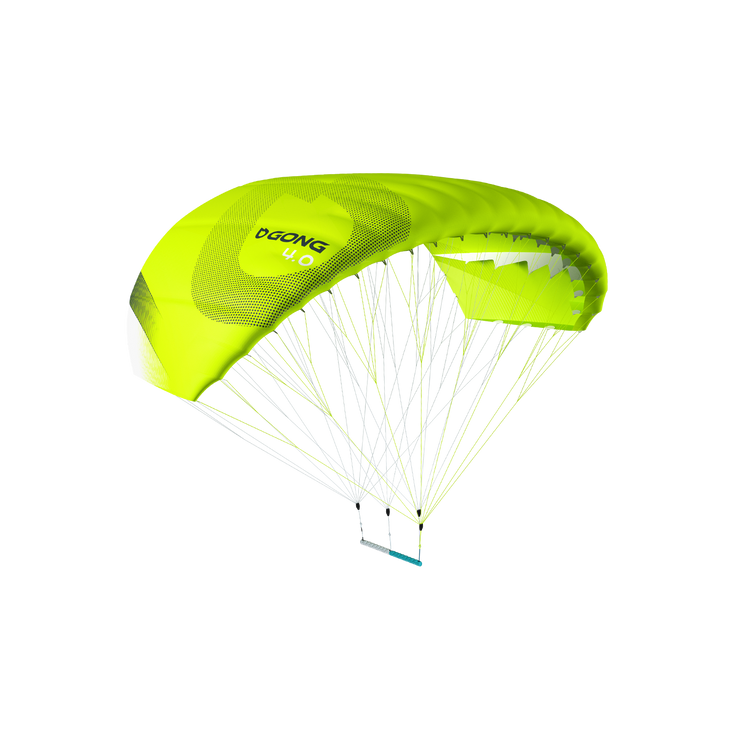
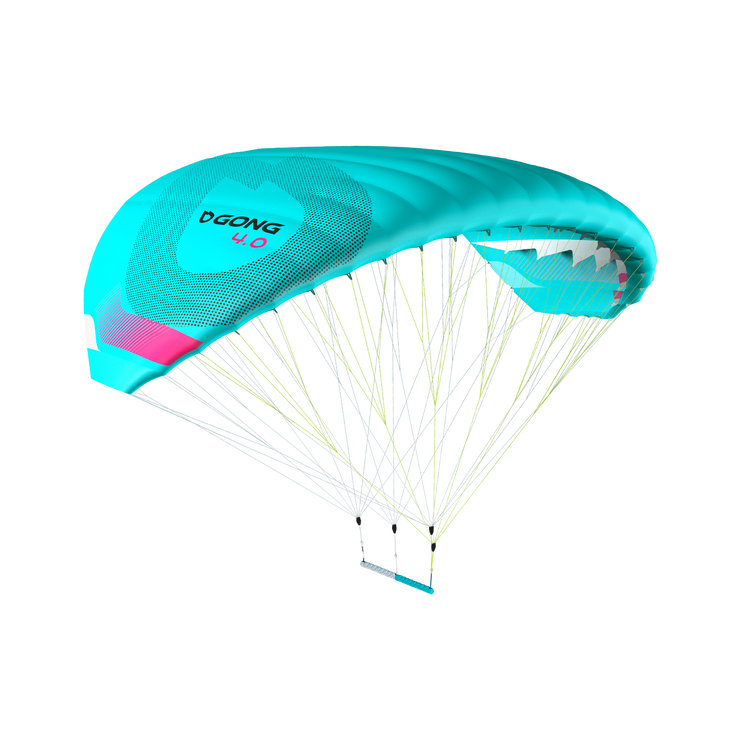
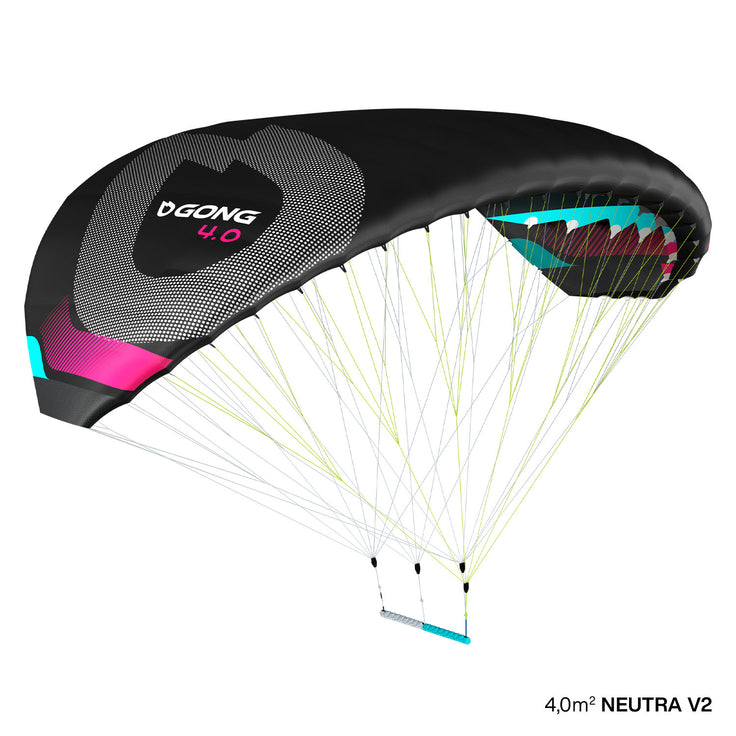
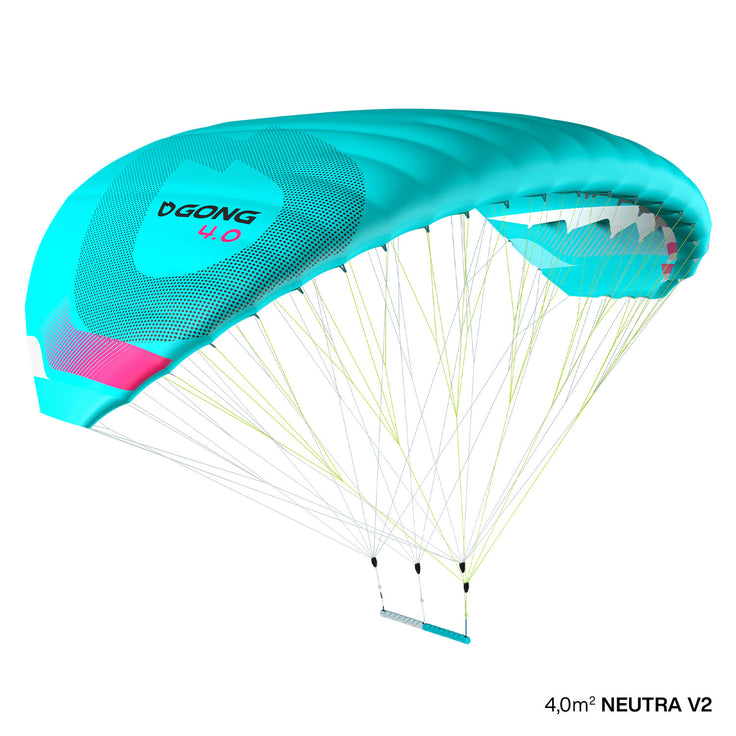
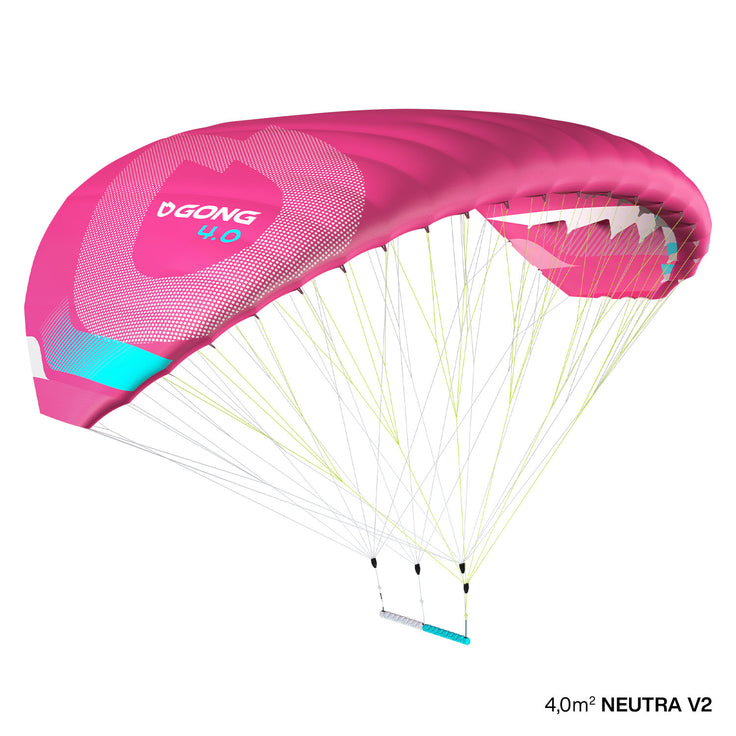
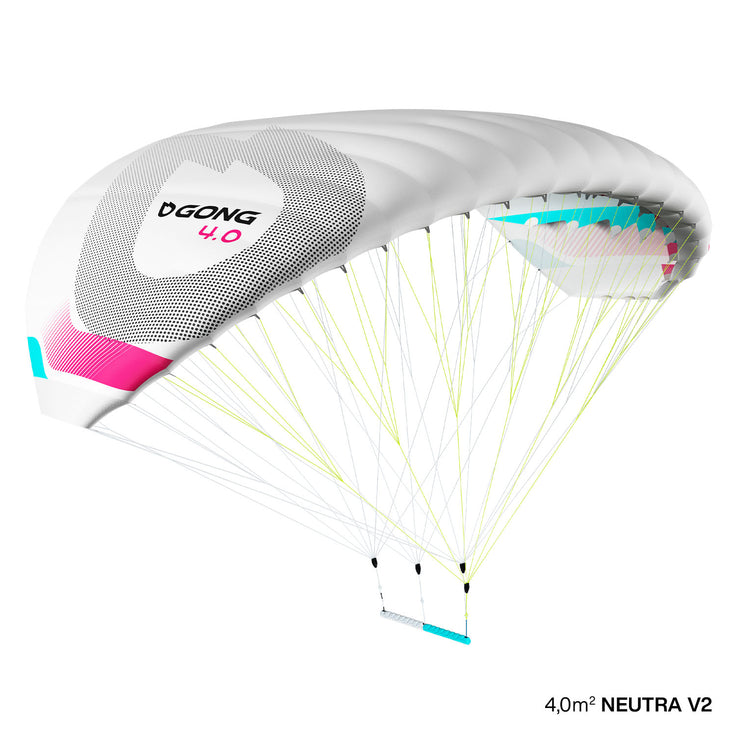
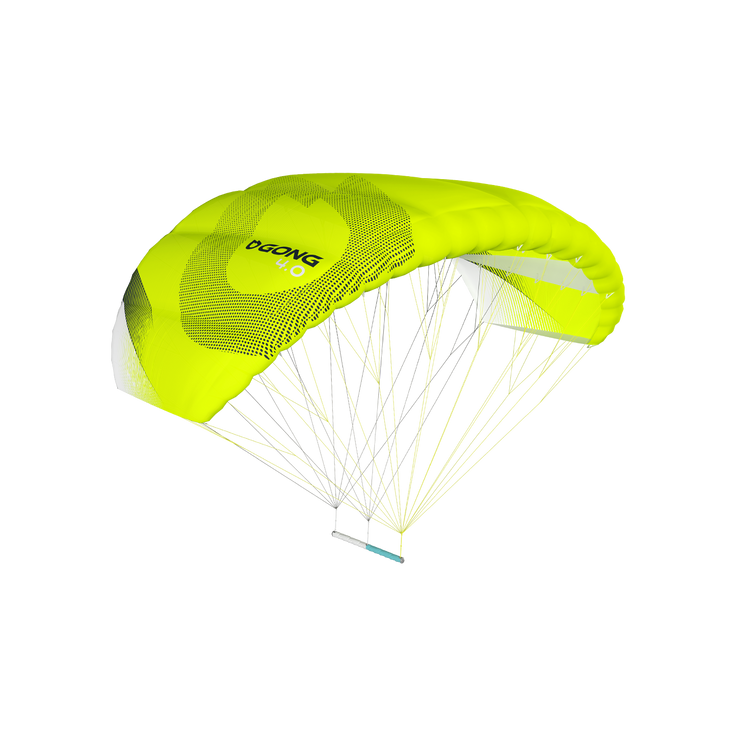
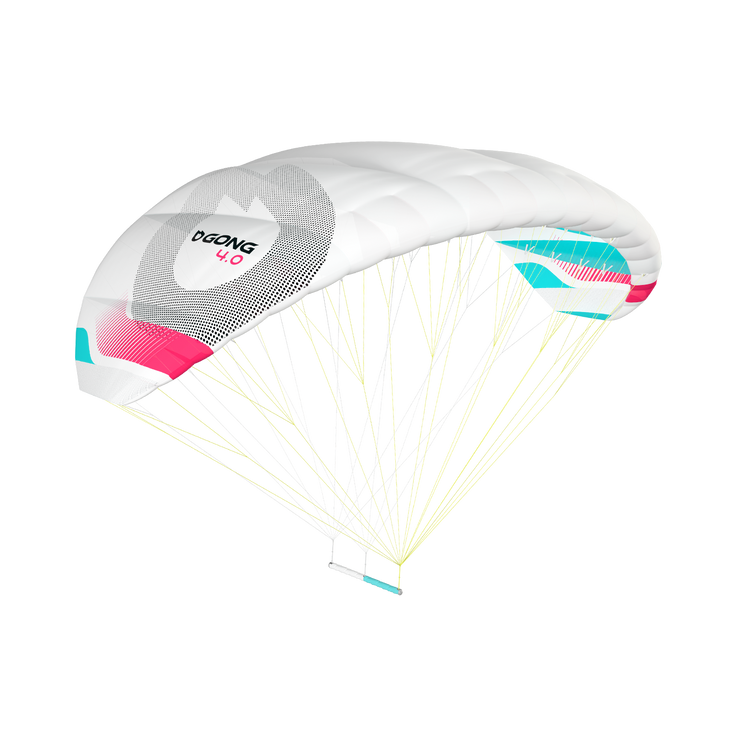
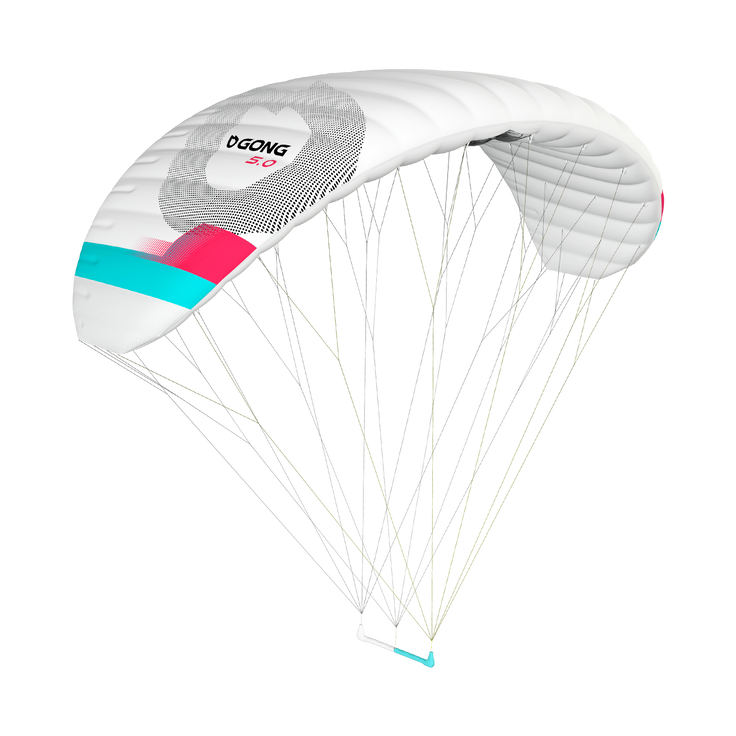
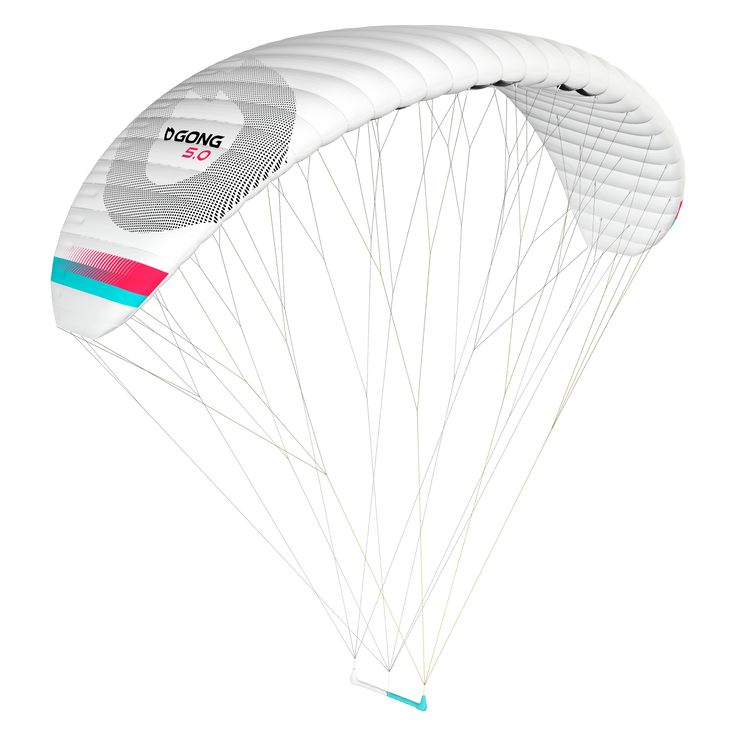


1 comment
Ok je comprends mais une v1 plus de 5 m ne navigue pas à 8 nds
Alors que je pense que la V 2 5 m va naviguer ! Je fais quoi avec ma V1 ‘?
Merci